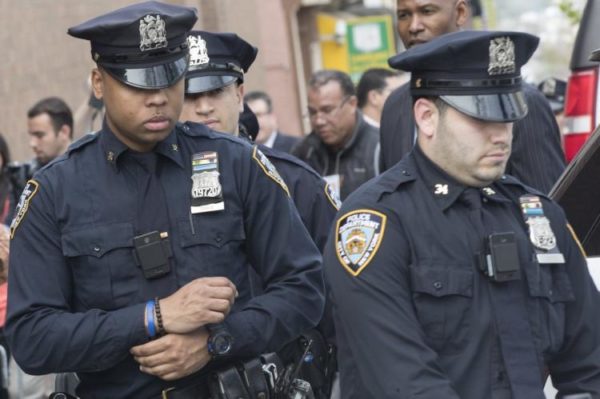February 13, 2015
By John Samuelsen | This article first appeared in Queens Chronicle
This year, as new leadership in Albany prepares to debate the state budget, the question of improving public transportation in New York City is again a top priority. Nowhere is this more apparent than in the debate over the Rockaway Beach rail line.
Some propose that converting this city-owned rail line right-of-way into a 47-acre park is an ideal use for the space. Many others eschew this idea in favor of reactivating the disused right-of-way for public transit, while some prefer to leave the land as it is. After weighing the merits of each option for redeveloping the line, I strongly believe that reactivation is the best choice for Queens.
On the surface, both parks and public transportation are similarly associated with safer streets, greater mobility, more walking, lower emissions and increased business activity. But the most meaningful, and often overlooked, difference between the two plans is the potential for increasing access to jobs. Reactivation of the Rockaway Beach Line, which was owned and operated by the Long Island Rail Road until 1962, would be far more economically advantageous for the 250,000 people residing within a half-mile of the existing right-of-way.
Nearly half of these residents live on the Rockaway Peninsula and experience exhaustingly long commutes. The neighborhoods of Belle Harbor, Breezy Point, Far Rockaway, Rockaway Beach and Arverne rank among the thirty New York City communities that have the worst access to jobs via public transportation. Refurbishing the rail line would create an affordable and faster north-to-south public transit option.
Notably, the MTA supports reactivation of the right-of-way to provide “non-core based travel,” according to its Twenty-Year Capital Needs Assessment.
I would not be so quick to dismiss the reactivation of the Rockaway Beach rail line as too expensive and unrealistic. Notwithstanding the project’s necessity, phase I of the Second Avenue subway has a $4.45 billion price tag. In comparison, rehabilitating the rail’s existing infrastructure will cost about $800 million. This modest investment will significantly raise the quality of life in the far reaches of Queens.
Furthermore, as suggested by a recent Queens College study done at the request of Assemblyman Phillip Goldfeder, up to 500,000 daily rides may be generated by the reconstructed rail line, and I completely expect ridership to grow over time.
This will directly produce the fares needed to sustain its ongoing operations and maintenance. As MTA and state officials work to figure out how to fund the MTA’s $32 billion five-year capital plan, they should consider prioritizing investment in the rail line. Residents’ overwhelming demand for public transportation in southern Queens will yield significant farebox revenues, minimizing the strain on the state budget. While it is tempting to choose parkland as the cheaper alternative, I doubt that the proposed park will see reliable income year after year.
This plan proposes that the city would own and manage the park. Even if funding is initially available to build the space, perennial budget constraints will force the elevated park to rely on private donations.
The High Line in Chelsea, which inspired the present plan, raises nearly all of its operational expenses. I am skeptical that the Queens right-of-way, situated within a number of working-class communities, would attract such a high level of philanthropic dollars and on-site revenues to ensure its long-term viability.
Lastly, as a trackworker, I know firsthand that reconstructing the Rockaway Beach right-of-way is much more feasible than opponents claim. Following Hurricane Sandy, TWU Local 100 members rebuilt 3.7 miles of the A line (almost the same length as the Rockaway Beach segment) “from the ground up” within seven months.
Restoring the damaged track, signal and electrical infrastructure with in-house labor cost the Metropolitan Transportation Authority only $75 million. In September 2014, we finished restoring the Greenpoint Tube devastated by the storm and resumed G train service within five weeks.
If the Rockaway Beach right-of-way is reactivated, I am confident that union workers would complete the construction and repairs on time and within the allocated budget.
If New York is serious about creating jobs and improving access to employment for hundreds of thousands of residents, it should invest in the Rockaway Beach right-of-way as a public transit option. Alleviating travel times for residents will better connect the outer borough to economic opportunity. Public transportation is the best choice for Queens.
John Samuelsen is President of Transport Workers Union Local 100 and International Vice President of Transport Workers Union of America.



